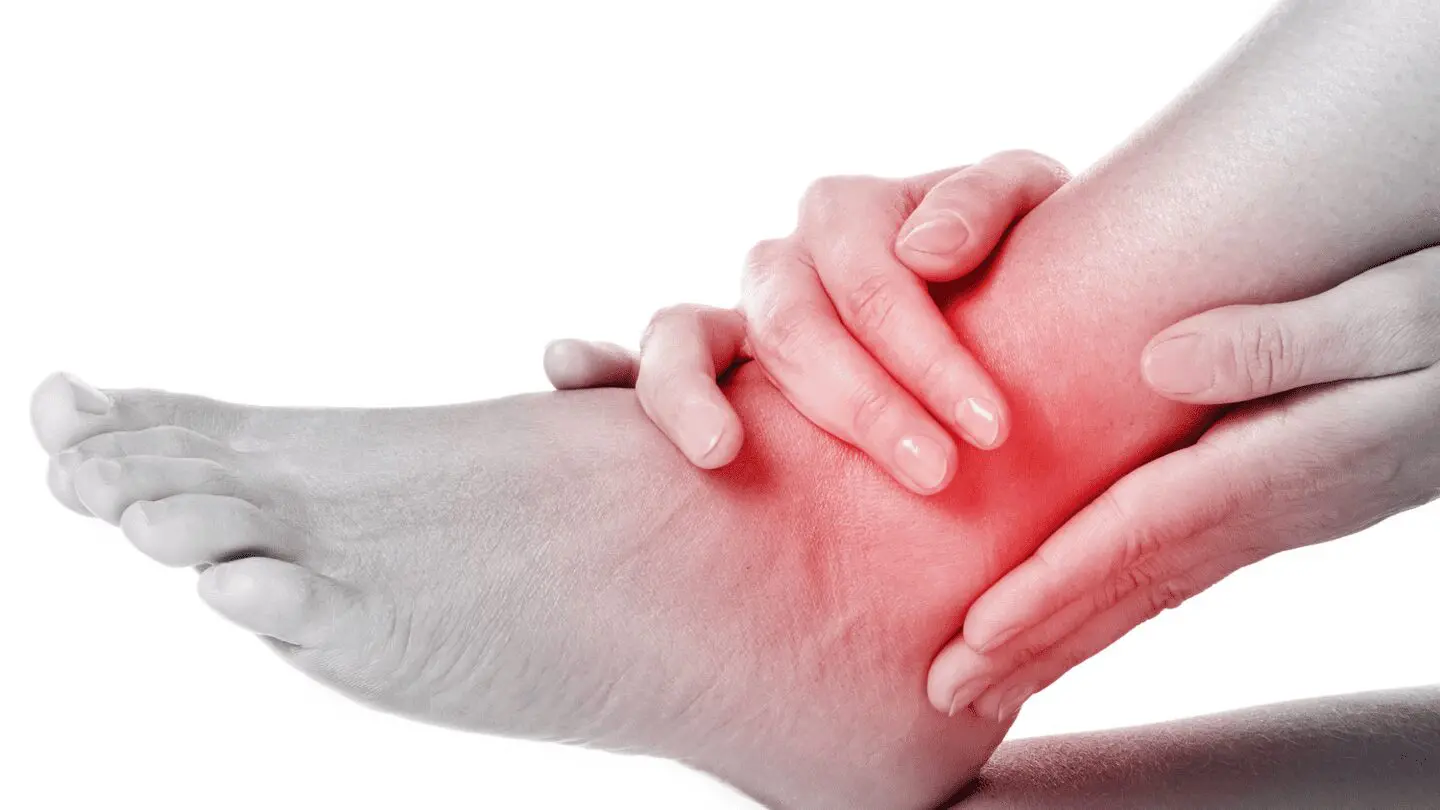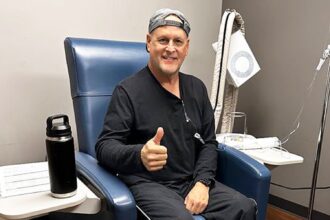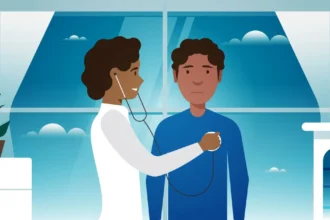Peroneal tendonitis is a common foot and ankle condition, especially among athletes, runners, and health-conscious adults. It occurs when the peroneal tendons, which run along the outside of your ankle and foot, become inflamed or irritated. Left untreated, this condition can lead to chronic pain, difficulty walking, and reduced mobility. This comprehensive guide will cover the causes, symptoms, treatment options, exercises, recommended footwear, and home remedies to help you recover quickly and prevent future injuries.
What is Peroneal Tendonitis?
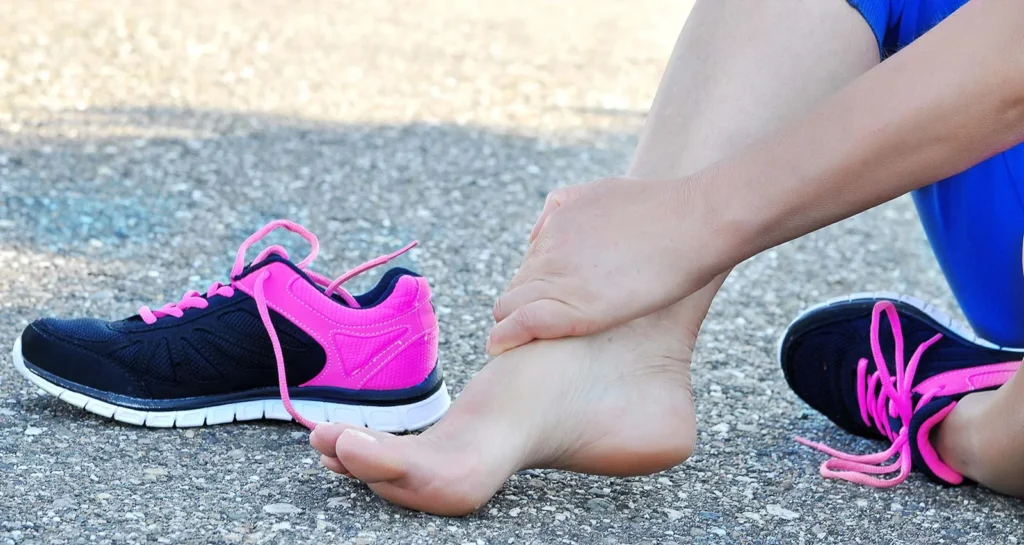
Table of Contents
Peroneal tendonitis is inflammation or irritation of the peroneal tendons that connect your calf muscles to the foot bones. These tendons help stabilize your ankle and allow you to point your toes and move your foot sideways.
Why It Matters for Athletes and Runners
For runners and athletes, peroneal tendonitis can be debilitating. The repetitive stress from running, jumping, or sudden directional changes can overload the tendons, causing pain, swelling, and decreased performance. Early recognition and treatment are crucial to avoid long-term complications.
Causes of Peroneal Tendonitis
Several factors contribute to the development of peroneal tendonitis:
- Overuse and Repetitive Motion: High-intensity activities such as running, jumping, or hiking put excessive stress on the tendons.
- Improper Footwear: Shoes without proper support can increase friction and pressure on the peroneal tendons.
- Foot Structure and Biomechanics: Flat feet, high arches, or unstable ankles can alter gait and overload tendons.
- Age and Health Factors: Older adults or individuals with pre-existing conditions like obesity may be more prone to tendon injuries.
Symptoms and Early Warning Signs
Recognizing peroneal tendonitis early is key for effective treatment. Symptoms include:
- Pain on the outside of the ankle or foot that worsens with activity
- Swelling and tenderness along the tendon path
- A burning sensation or mild itching in some cases
- Difficulty walking, running, or performing lateral movements
- Instability in the ankle
Pro Tip: If pain persists for more than a week or is severe, consult a healthcare professional immediately.
Diagnosis and Medical Evaluation
Proper diagnosis involves a combination of physical examination and imaging tests:
- Physical Exam: A doctor checks for tenderness, swelling, and ankle stability.
- Imaging: X-rays, ultrasound, or MRI can confirm inflammation or rule out tendon tears.
- Expert Insights: Orthobullets notes that accurate diagnosis ensures the correct treatment plan and prevents chronic tendon issues.
Treatment Options
Treatment depends on severity, ranging from home remedies to medical interventions.
Home Remedies and Self-Care
- Rest, Ice, Compression, Elevation (RICE): Reduce swelling and relieve pain.
- Stretching and Strengthening Exercises: Gentle peroneal tendon exercises prevent stiffness. See exercises below.
- Anti-inflammatory Approaches: Over-the-counter medications or natural remedies can reduce inflammation.
Medical Treatments
- Physical Therapy: Targeted therapy strengthens tendons, improves flexibility, and reduces recurrence risk.
- Orthotics and Specialized Shoes: Custom insoles or supportive footwear help correct foot mechanics.
- Medications or Injections: In severe cases, corticosteroid injections may be recommended to control inflammation.
Surgery
Surgery is rare but may be necessary for chronic tendon tears or cases unresponsive to conservative treatment.
Exercises for Faster Recovery
Incorporating specific exercises can speed up recovery and prevent future injuries:
- Ankle Circles: Improve mobility and reduce stiffness.
- Heel Raises: Strengthen calf and peroneal muscles.
- Resistance Band Eversions: Strengthen the outer ankle muscles.
- Balance Exercises: Use a balance board or single-leg stance to improve stability.
Tip: Perform exercises gently, 2–3 times per day, and stop if pain worsens.
Best Shoes and Footwear for Prevention
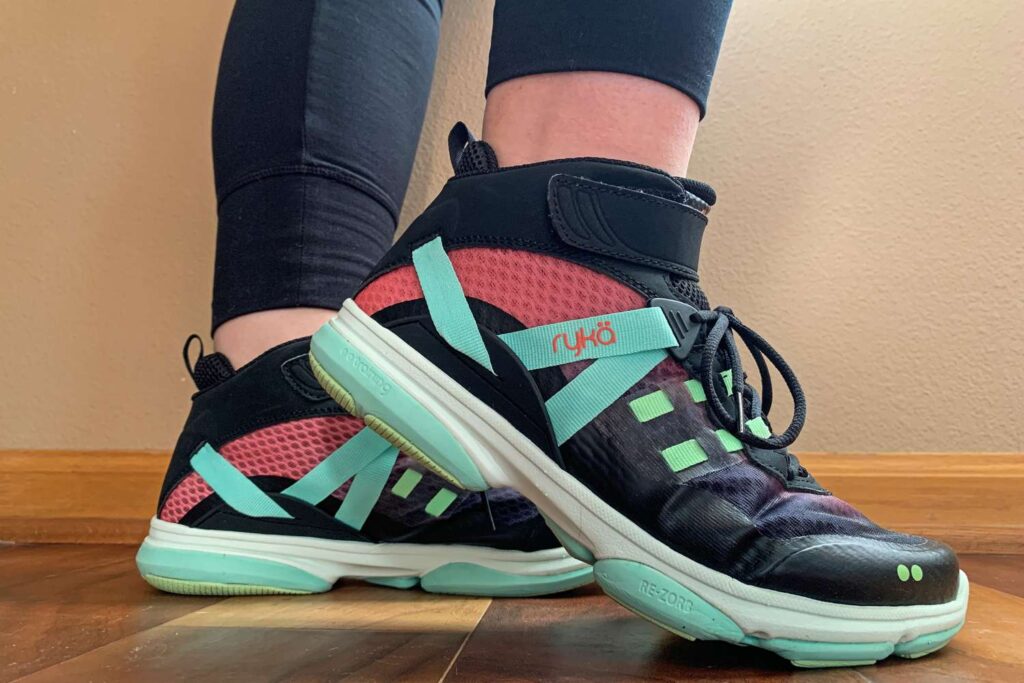
Proper footwear is crucial in managing and preventing peroneal tendonitis:
- Features to Look For: Arch support, cushioning, heel stability, and a firm sole.
- Recommended Shoe Types: Running shoes with lateral support, stability shoes, and custom orthotics for abnormal foot structures.
- Prevention Tips: Replace worn-out shoes and avoid running on uneven surfaces.
FAQs (People Also Ask)
Will peroneal tendonitis go away on its own?
Mild cases may improve with rest and home care, but ignoring symptoms can worsen the condition. Early intervention is essential to prevent chronic issues.
How do I treat peroneal tendonitis at home?
Use RICE (Rest, Ice, Compression, Elevation), gentle stretches, and anti-inflammatory measures. Avoid high-impact activities until pain subsides.
Can you run with peroneal tendonitis?
Running is not recommended until pain and inflammation are controlled. Gradually return to activity after strengthening exercises and footwear adjustments.
How long does recovery take?
Recovery can take 4–12 weeks, depending on severity and adherence to treatment. Consistent exercise, proper footwear, and medical guidance speed up recovery.
Can tendonitis become chronic?
Yes, if untreated or aggravated by repetitive strain. Early diagnosis and proper care are critical to prevent chronic tendon problems.
Additional Tips for Maintaining Foot Health
- Warm-Up and Stretching: Prepare muscles and tendons before high-impact activities.
- Proper Footwear Care: Replace shoes regularly and choose appropriate types for your activity.
- Maintain Healthy Activity Levels: Avoid overtraining and incorporate rest days.
- For insights on overall health, see How is Gloria Copeland’s Health.
Conclusion
Peroneal tendonitis is a manageable condition when addressed promptly. By understanding the causes, symptoms, treatment options, exercises, and preventive measures, you can achieve fast relief and prevent future injuries. Whether you are a runner, athlete, or health-conscious adult, following this guide will help maintain optimal foot and ankle health while staying active.
